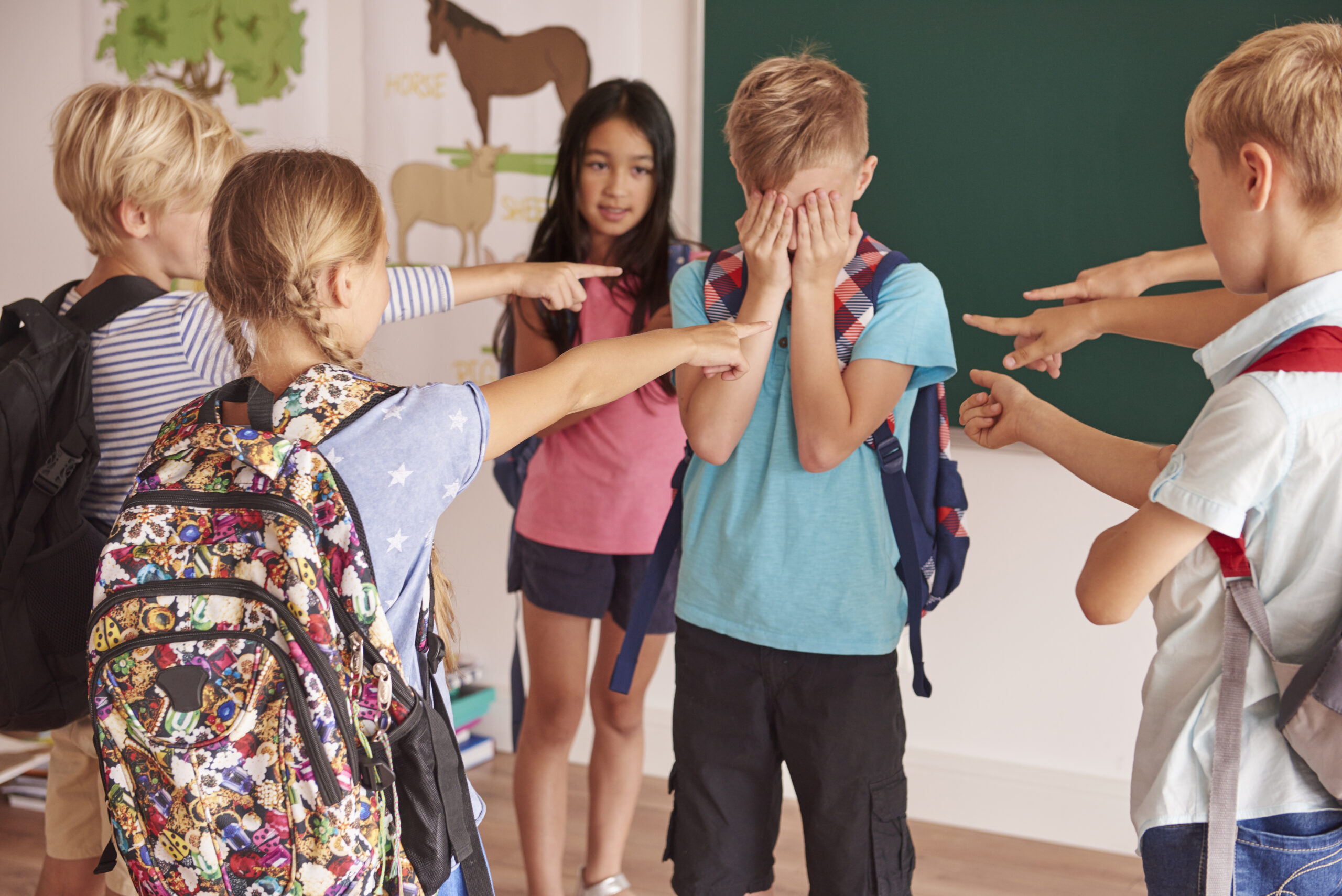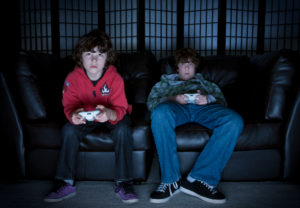
My world shattered when I was 17 years old. I was a junior in high school and a member of my school’s drama presidency. I never imagined how cruel my friends of over six years could be. One of my friends began spreading rumors and ‘accidentally’ shoving me into lockers or tripping me. I sought help from my other friends, but none of them believed me. I thought things were improving when she seemed to back off. However, after the end-of-the-year drama banquet, I showed up to school and not a single one of my friends would acknowledge my existence.
I spent weeks being whispered about and ignored by my friends. Eventually, they sent texts telling me I was worthless and better off dead. I began experiencing at least three panic attacks per day. I would hide in the drama dressing rooms with the lights off and cry. I went to the drama teacher, but he chose to believe the group of people I used to call friends over me. I spent that summer as a shell of who I used to be. If it wasn’t for my loving and supportive family, I’m not sure where I would be today.
Unfortunately, there are millions of other stories like mine, and not all of them are lucky enough to have a family like mine. It has been reported in the United States that 1 in 5 students are bullied per school year. Bullying can include being the subject of name-calling, insults, rumors, physical aggression, or being purposely excluded from group activities. Students who are perceived as different are at a higher risk of being bullied. We often refer to these students as minority students. This applies to students of the LGBTQ community, religious minorities, racial minorities, and students with disabilities.
Regardless of a student’s demographics, bullying causes detrimental effects on a student’s mental health. Victims of bullying have a higher chance of experiencing depression, suicidal tendencies, anxiety, and low self-esteem. When a student’s self-esteem is damaged, they are more likely to experience a decrease in self-confidence and an increase in self-criticism. The bullies themselves also experience adverse effects which increase their likelihood to abuse alcohol, drugs, future partners, or future children. Bullying is harmful to everyone involved.
Students used to be able to come home from school and escape the torment of their bullies. However, by the age of 12, 71% of children have a phone and 56% of children have their own social media accounts. This creates the gateway for cyberbullying. Students with access to social media no longer have a safe place to hide from their bullies. A survey showed that 15.7% of high school students were victims of cyberbullying within the past year before taking the survey. Cyberbullying involves being bullied via technology and experiencing name-calling, spreading rumors, physical threats, stalking, receiving unwanted explicit images, and having personal explicit images shared without their consent.
During the COVID-19 worldwide pandemic, students’ social media addictions increased. The more time they spend on social media, the more likely they are to become a victim of cyberbullying. These students aren’t just statistics. These students are your children, your grandchildren, your nieces and nephews, and your siblings. The children in your life are just one filter away from enjoying TikTok and memes to experiencing online harassment or extortion. Your children can experience lifelong damage as victims of bullying that affects their ability to trust in any future friendships or intimate relationships. So, what can you do to help ensure your children are safe from bullying at home and at school?
I strongly encourage parents to promote honesty in their homes, teach internet safety, help build self-confidence, establish boundaries, and keep computers and other electronic devices in an easily monitored location. There is a lot of disagreement on whether smartphones should be allowed in a child’s room at night. I don’t believe there is a universal answer since each child is unique. It is important to have these discussions with your child so they feel they have a voice and that their opinion matters. Treating them with respect will help build their self-confidence.
Some things schools can do to help prevent bullying are to teach students empathy, create opportunities for students to connect, and watch for concerning behaviors. Teachers are essential in helping to prevent bullying in school. While the number of students to teachers is highly disproportionate, teachers need to be watchful for signs of bullying. Members of the school board can create rules to better protect children, and create bullying protocols. For these rules and protocols to be effective, they must be strictly enforced.
The most important people to help prevent bullying are other students because they are the ones on the front lines. Students, watch for ways you can help someone in need. It can be difficult to stand up for a victim because you feel you could be next, but I plead with you to take a stand. If one student stands up for another, more are likely to join in. I know it would have meant the world to me if someone had stood up for me.

Kaitlyn Wangsgard is a graduate of the Marriage and Family Studies Department at Brigham Young University-Idaho. Her current area of focus is Marriage and Family Studies. She enjoys reading, the performing arts, strategic games, and spending time with her family.




